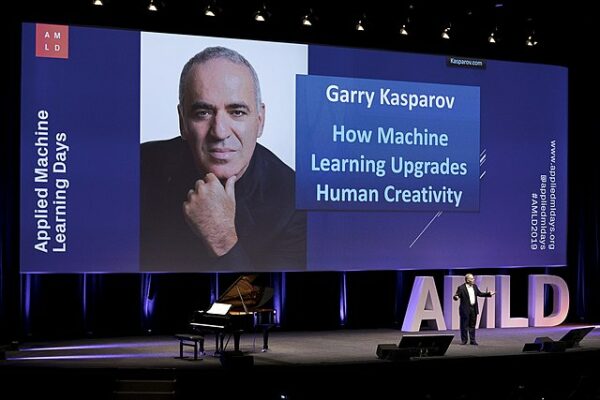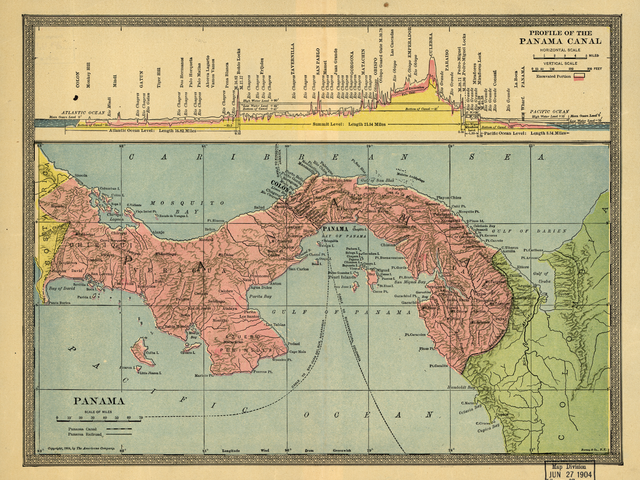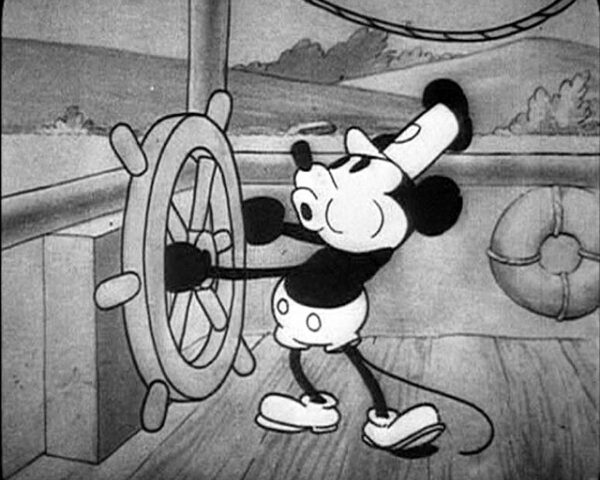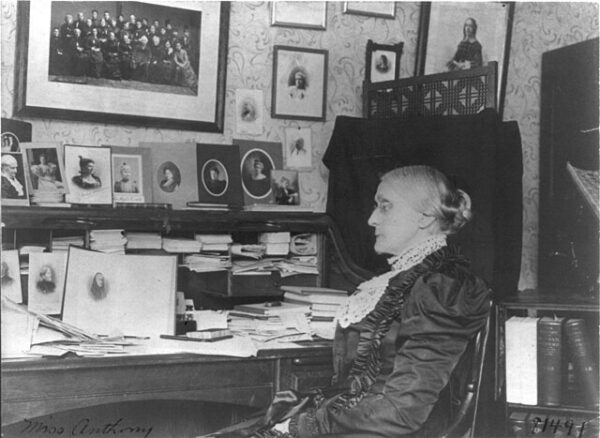On February 10, 1996, the world of chess witnessed a historic encounter between Garry Kasparov, the reigning World Chess Champion, and Deep Blue, a chess-playing computer developed by IBM. This match marked the first time a reigning world champion faced a computer under standard chess tournament conditions. Deep Blue, equipped with the ability to evaluate 200 million positions per second, represented a formidable challenge to Kasparov’s strategic mastery.
Kasparov easily won the first game, showcasing his superior strategy and experience. However, Deep Blue stunned the world in the second game by defeating Kasparov, marking the first time a computer had beaten a world champion in a game of classical chess. This victory demonstrated the immense potential of artificial intelligence in processing and executing complex tasks, igniting widespread interest and debate about the future of human and machine intelligence.
The match continued with intense competition as both Kasparov and Deep Blue pushed the limits of their respective abilities. Kasparov adapted his play style, employing unpredictable strategies to throw off the computer’s calculations. Deep Blue, on the other hand, relied on its brute-force computational power and advanced algorithms to counter Kasparov’s moves. The tension between human creativity and machine precision captivated audiences around the globe.
Ultimately, Kasparov emerged victorious, winning the match with a score of 4-2. His triumph underscored the nuances of human intuition and adaptability that, at the time, machines could not replicate. Despite the loss, Deep Blue’s performance was a testament to the rapid advancements in computing power and artificial intelligence, signaling a new era where machines could challenge human intellect in complex domains.
The 1996 match between Kasparov and Deep Blue had profound implications for the future of artificial intelligence and its role in human endeavors.
A year later, Kasparov played a rematch held in New York City. This time, Deep Blue’s relentless processing power and strategic algorithms showcased remarkable advancements. The supercomputer’s ability to analyze an extensive array of potential moves within seconds proved instrumental in dismantling Kasparov’s defenses, ultimately securing a historic win. The twin matches became a turning point in the perception of artificial intelligence, emphasizing its potential to outmaneuver even the most skilled human minds in complex strategic endeavors.
The aftermath of the 1997 match reignited debates about the role of artificial intelligence in competitive fields traditionally dominated by human expertise. Deep Blue’s triumph prompted reflection on the implications of machines surpassing human intelligence in strategic thinking. Kasparov’s response, a blend of admiration and determination, mirrored the sentiment of a changing era. The dual encounters between Deep Blue and Kasparov, spanning 1996 and 1997, not only marked triumphs for IBM but also symbolized a paradigm shift, challenging the boundaries of human chess mastery and laying the groundwork for continued exploration in the evolving landscape of artificial intelligence.
The full game can be seen here:






